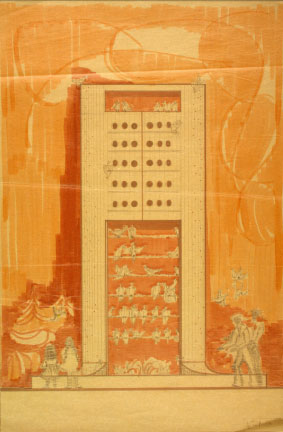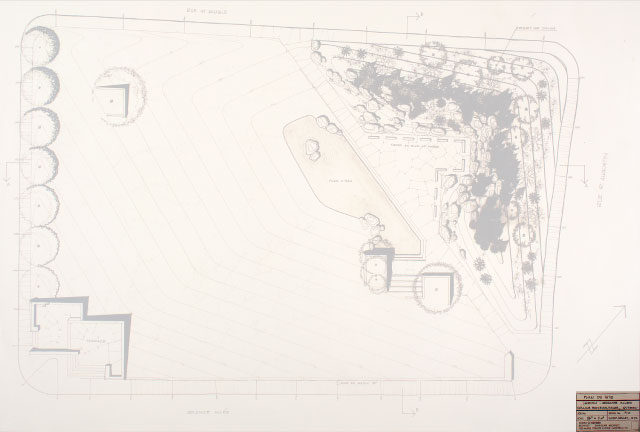|
JOHN SCHREIBER: HUMANIST, ARCHITECT, TEACHER by François Émond
John Schreiber’s formal teaching career at the McGill School of Architecture can be divided into two phases. The first phase commenced when he was invited by the Director John Bland to join the School, first as lecturer, than as Assistant Professor, and finally as Associate Professor. Throughout this period, he taught a design studio, and after having earned his Master’s Degree in Landscape Architecture at the Graduate School of Design at Harvard, the landscape lecture course. This first phase ended with his partial resignation in 1972, after several students in his design studio, steeped as they were in the revolutionary zeal of the day, seriously challenged John’s attitudes towards architecture teaching as a natural extension of his work. This severe blow, however, liberated him to practice his art - through drawing, space, form and material, both natural and man-made - that continues to speak volumes about the intimate relationship between architecture and the landscape. The second phase of John Schreiber’s teaching career corresponded to a more focused presence at the School of Architecture. This phase centered around his landscape course, which had as a term project, a paper entitled “Landscape as I See It”. This drawing and writing exercise encouraged a direct exploration of the environment by the students and as well as the use of primary sources in research. John believed that it was through the immediate contact with the landscape that one comes to understand the underlying structures that organize space. It was also a requirement that the work be performed according to a rigorous format so that the research could be bound and later referenced by others. For John, the consummate ecologist and designer, recycling and architecture were one. Several volumes of these documents are held in the Blackader-Lauterman Library of Architecture and Art. Later, John continued to collaborate with the School as a guest lecturer in the landscape course taught by myself since 1997, and as a teacher of summer courses. The Centennial Garden adjacent the School of Architecture, was realized in 1996 in the context of such a summer project. The garden is an expression of John’s most precious design ideal, in which the act of recuperation and recycling is absorbed into the design process itself. With his students, John created a garden from residual spaces, abandoned construction materials, and donated plants. In it, stones, cast aside in the process of rebuilding the campus, are transformed into pathways and a gently arching seat that has become the site of many animated discussions. In this garden, the act of teaching has been given form by an alchemist. The breadth of John Schreiber’s thinking can only be hinted at in his famous saying “ A building does not belong to people, but to a place.” Late in life, after his return to the countryside, he realized the Taybarn along the banks of Tay, a small river in Ontario. This intimate project, an ode to the architectural gesture and to hard work, was built in part by himself at a time when he was afflicted by illness. As with his other projects, this work brings a greater understanding to the student of design, not just of architecture and landscape, but of the life force itself. His former students and collaborators continue to draw inspiration from the idea that the genius of place must animate our work. Through his words and projects, John Schreiber taught us to see the world as a complex, living, concrete entity, full of surprise and joy. Ultimately, it is John’s built and drawn oeuvre that continues to teach us every day lessons of dialogue, creativity, and beauty. |
Digital
Collections_©2003
 |
| Introductory Sheet From John Schreiber's Course "Landscape As I See It." |




